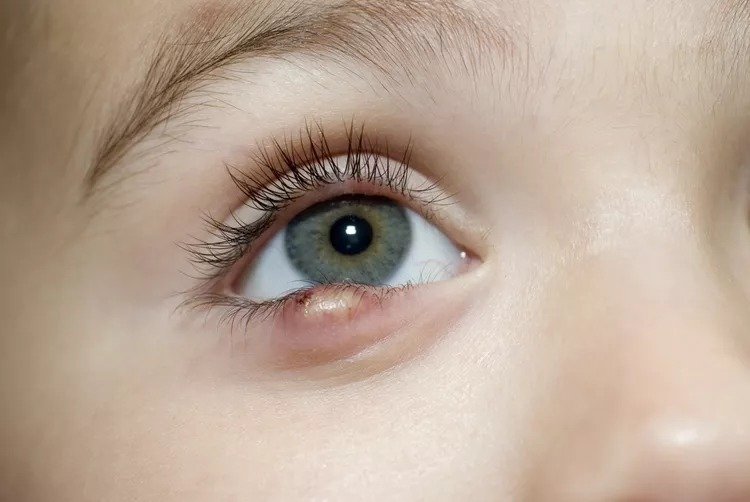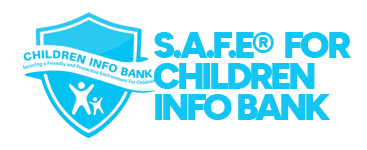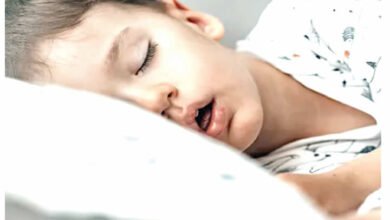What Parents Should Know About Bumps Under Eyelids

Source:https://www.parents.com/
If your child has a swollen bump under the eyelid, it is likely a stye (hordeolum) or a chalazion. These eyelid bumps are common in children and are usually not serious. They are typically treatable. Parents should be aware that these conditions, while common, are generally benign and manageable.
What Are Styes and Chalazia?
Our eyelids have hundreds of small oil glands near the eyelashes. These glands help to lubricate the eye. Sometimes they can become blocked or infected, causing a small red bump. The two most common causes of bumps under eyelids in children are:
- Chalazia: When an oil gland becomes blocked, it is called a chalazion. A chalazion tends to look swollen, tender, red, and lumpy, and sometimes it can grow as large as a pea.
- Styes: When a gland becomes infected, it is called a stye, or hordeolum. The infection is generally caused by staphylococcal bacteria. It produces a red, swollen lump.
Stye and Chalazion Symptoms
While these eyelid bumps are similar, their appearance and symptoms differ. For example, a stye is often smaller than a chalazion, and it’s usually located on the edge or the inside of the eyelid, closer to the surface of the eyelid. Styes also tend to be painful, while chalazions usually aren’t.
Chalazion symptoms can include:
- Red bump along the edge of the eyelid at the base of the eyelashes
- Blurry vision (if it is large enough to press on the eyeball)
- Crustiness along the eyelid margin
- Eyelid swelling
- Feeling like something is in your eye
- Light sensitivity
- Scratchy feeling in the eye
- Small pus spot at the center of the bump (like a pimple)
- Tearing in that eye
Stye symptoms can include:
- Bump on the eyelid, sometimes becoming red, swollen, and tender
- An entirely swollen eyelid (rare)
Although most eyelid bumps are mild and harmless, some can indicate a more serious condition. Possible symptoms of a more serious issue include:
- Blisters on the eyelid
- Copious discharge from the eye
- Color change to the white part of the eye
- Eyelids that bleed, get bigger, or become very painful
- Scaly, crusty, or red eyelids
- Sensitivity to even low light
- Trouble seeing
- Very watery eyes
How To Treat Styes and Chalazia in Kids
A healthcare provider can diagnose a stye or chalazion just by examining it, and usually no additional tests are needed unless there’s concern about a more serious issue. Both conditions typically resolve on their own within a few days to weeks. Using warm compresses can help speed up healing and alleviate discomfort. To use a warm compress, dip a washcloth in warm water, wring it out, and apply it to the affected area four to six times a day for 10 to 15 minutes each time.
When To Call the Doctor for an Eyelid Bump
If a warm compress does not improve your child’s stye or chalazion after two days, or if symptoms worsen or spread, contact a pediatrician or pediatric ophthalmologist for further evaluation. Persistent styes may require antibiotic eye drops or ointment, and if the infection spreads, oral antibiotics might be needed. In rare cases, a doctor may need to drain the stye with a small scalpel. If the stye does not heal within one to two weeks after draining, seek further medical attention.
How To Prevent Eyelid Bumps
To prevent styes and chalazia, maintain good hygiene by having your child wash their hands regularly and avoid touching their eyes. These conditions are not contagious, so they do not require your child to stay away from school or other children.
Read More: https://childreninfobank.com/safebank/what-parents-should-know-about-bumps-under-eyelids/
Image Source:https://www.parents.com/





